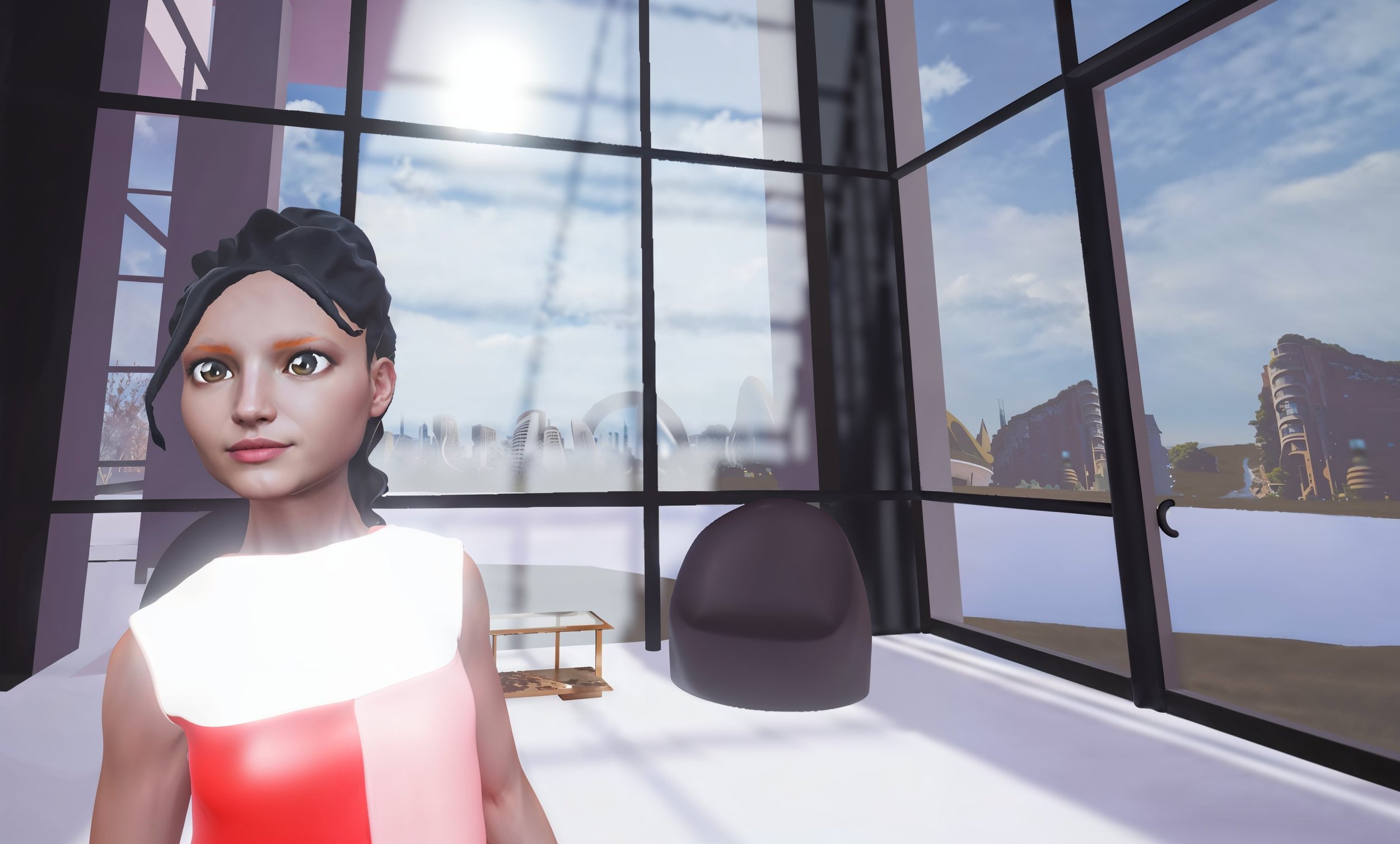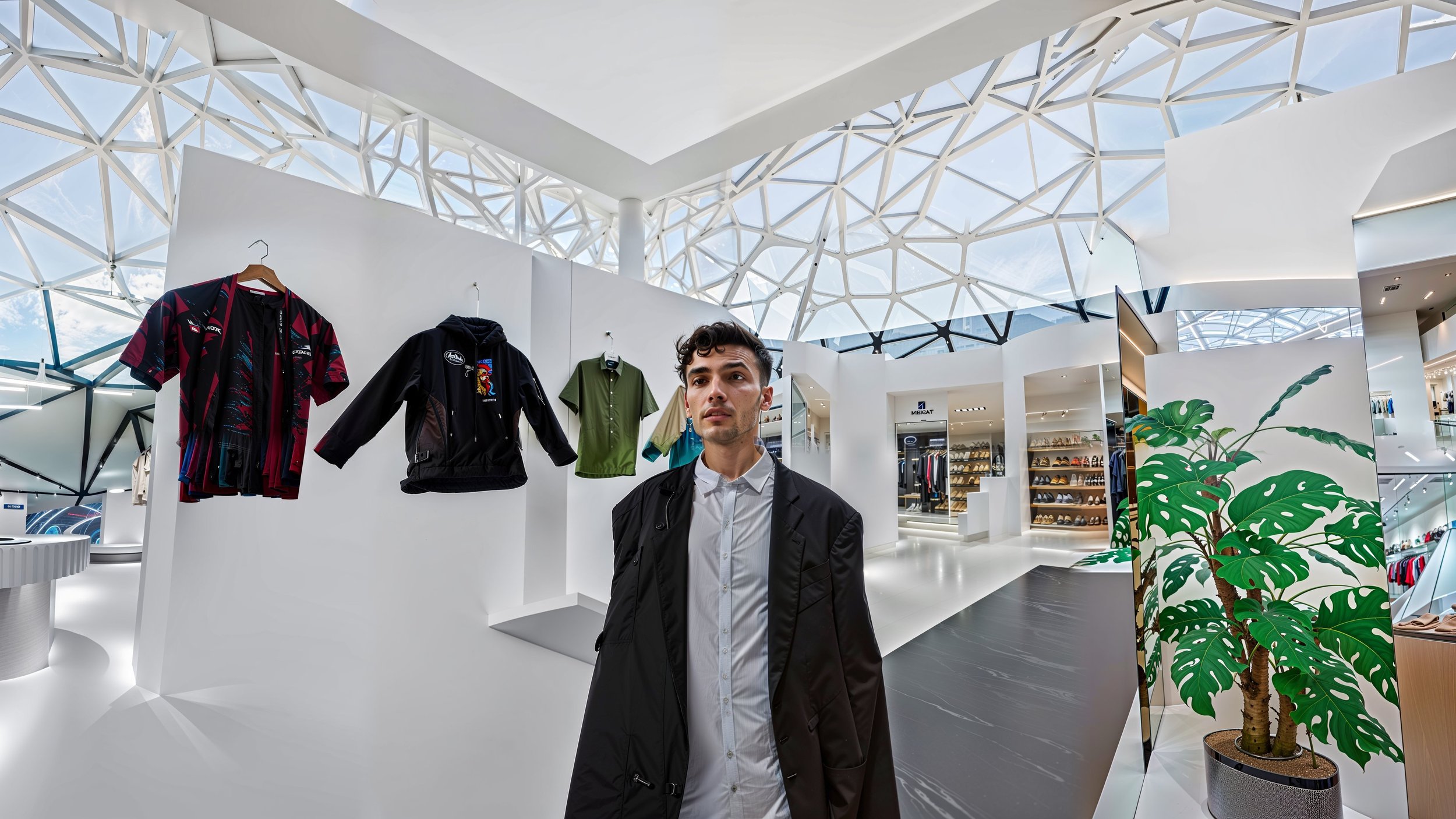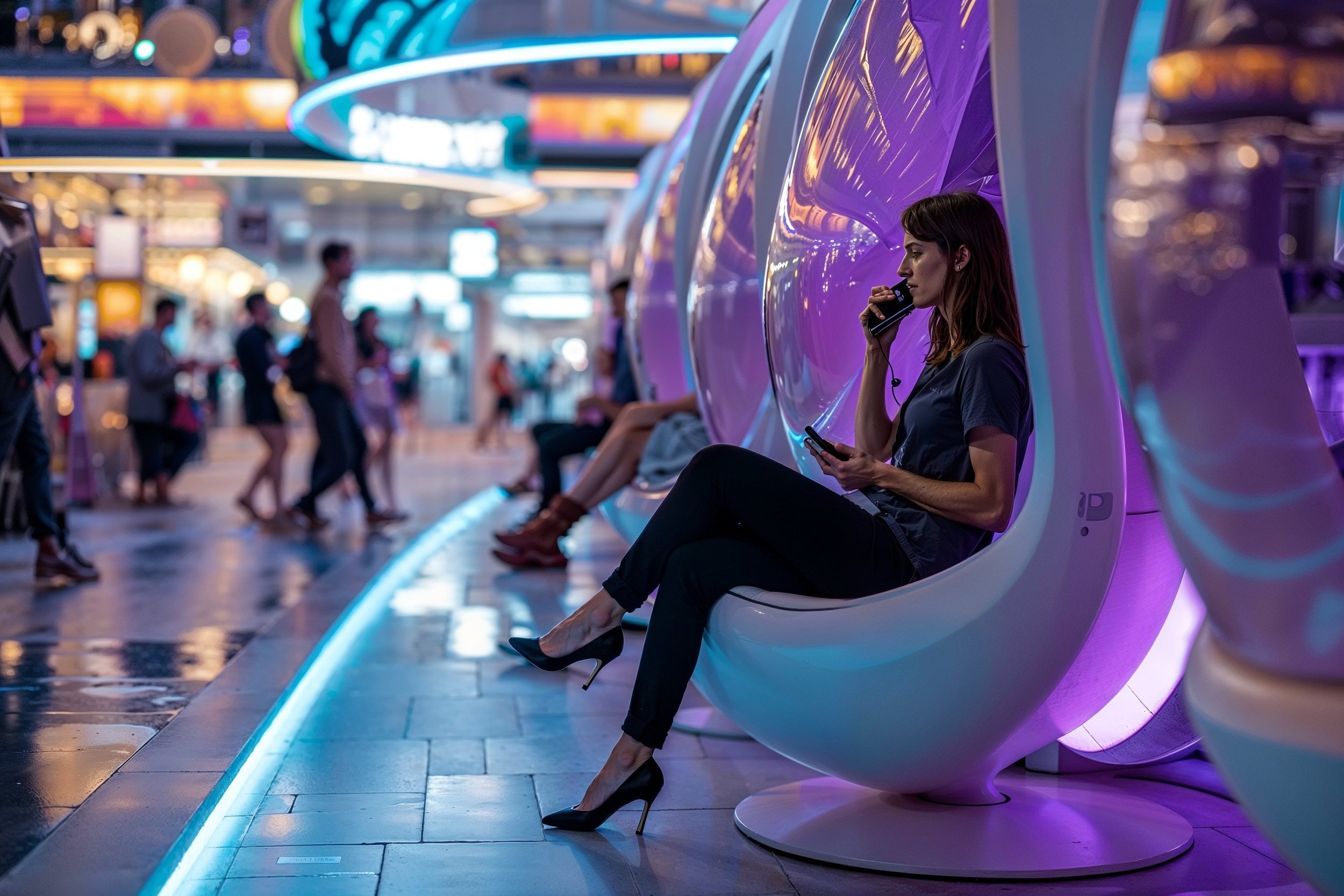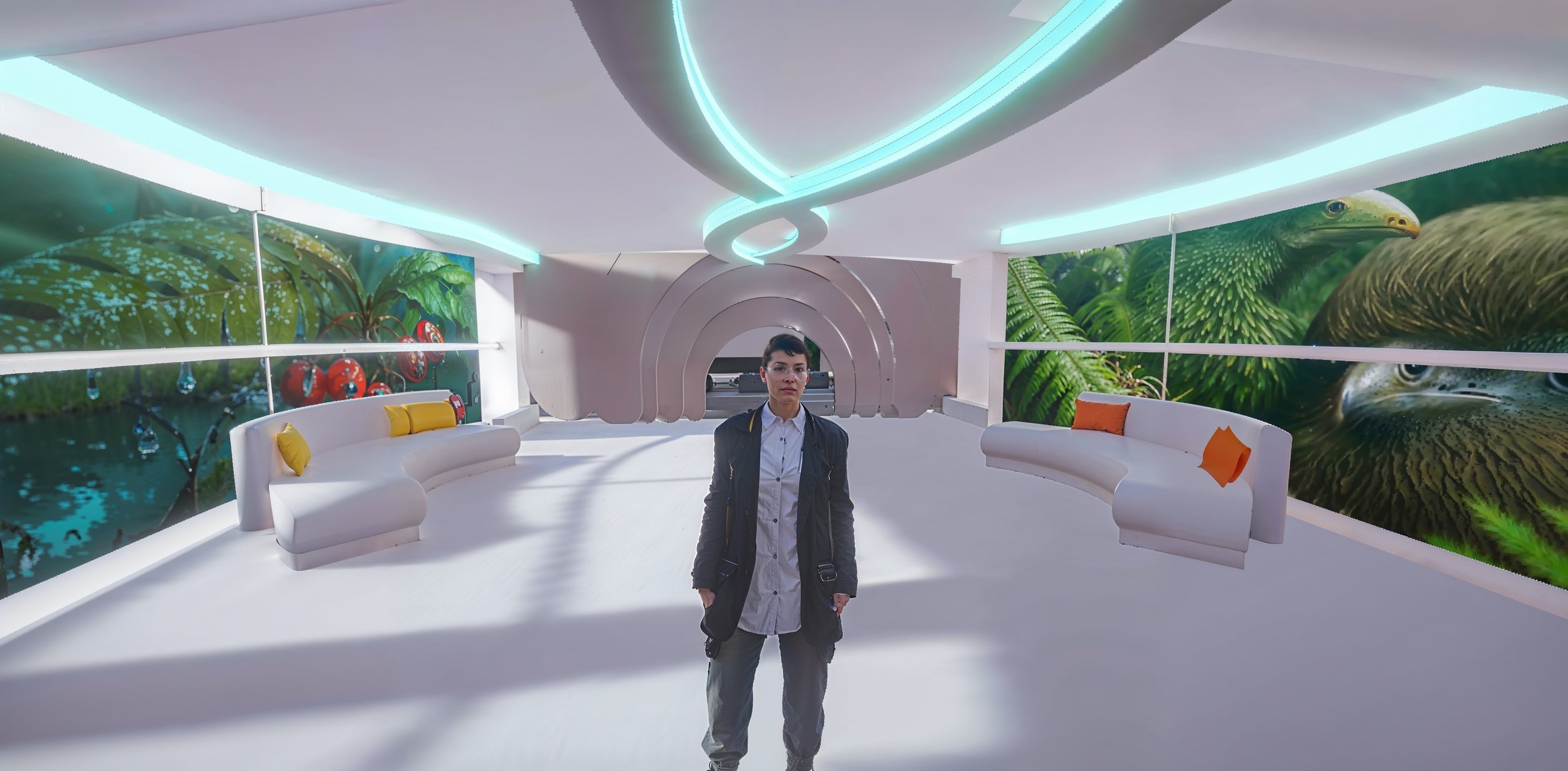
Immersive/Metaverse based qualitative research
"Our immersive research spaces are specifically designed to offer interactive and contextual qualitative research experiences."
Wearables are not necessary for conducting research. With just a laptop and stable internet connection, respondents can easily participate in a moderated and customizable immersive research experience. Clients are also welcome to join in and observe what their customers or potential customers are looking for.
Hello Ara created the world’s first custom built immersive research environment!
In 2023, we constructed our first research environment as we discovered that the readily available immersive spaces were not suitable for research purposes. These spaces were often excessively vast and designed to accommodate hundreds of people, which did not align with our research requirements. With our initial research experiences, we realized that immersive research is an excellent tool, and that's why we decided to build our own space.
Since establishing this environment, several respondents have interacted within our immersive space. We have developed robust procedures for managing and recruiting qualitative groups in this environment, ensuring the success of every project.
—
Immersive research environments
Our custom immersive research environments are designed and built after much experimentation to provide a multi purpose space which is easily customizable to reflect your category or context. The space has multiple rooms: main exibition room, sky corridor, auditorium and the “chill out area”, and can host up to 20 respondents at a time.
—
Full custom environments
We are also able to create full customized environments where you want to fully transport and immerse respondents in a context that is important to you. For instance, a new shop fit out, a car showroom, an adventure park, or something more adventurous like a space port.
Benefits
A collective journey of discovery.
Based on immersive environment work we have completed since 2022, we have learned that there are some specific benefits for participants.
Immersive research spaces are reshaping how we gather insights. Here, people drop their guards, becoming naturally inquisitive and open to challenges. Distractions melt away, replaced by an impressive level of focus. Interacting directly with products, concepts or ideas transforms the feedback process from passive to engaging. The environment itself isn’t just a backdrop; it's an active component, allowing participants to move, explore, and genuinely immerse themselves.
These spaces blur the lines between research and experience. Like gamers navigating a shared digital realm, participants embark on a collective journey of discovery. The overwhelming response? A genuine appreciation for the experience, with many hoping to return and dive in again. It's research, but with a refreshing, authentic twist.
Winner of the ESOMAR Asia Pacific 2023 best paper
The use of retail digital twins can greatly improve the customer experience. Digital twins are a new and innovative concept that allow brands and retailers to optimize various in-store planning factors. By creating a virtual model of a retail space, digital twins can greatly enhance customer feedback.
Avatars
Self expression
Creating avatars to make people feel comfortable, or express themselves.
“Today I made my avatar a man. I am busy with a gender change process, so I loved the opportunity to show up like this.”
“I decided to put on a hat, because I feel down. Covering my head is making me feel better.”
“If this discussion was on Zoom, I would be asleep, but now I don’t want to leave - this is so interesting.”
Project types
Immersive experiences bring much needed context to qualitative discussions.
—
Comms and innovation testing
Immersive spaces are great for testing video, photo, concepts (including 3D objects) and content stimuli.
—
Tackling sensitive topics
Through design and avatars, we foster an immersive context that encourages open and candid discussions on sensitive topics.
—
Generative AI co-creation
Qual co-creation exercises using generative AI visualisation. We use image/video or 3D AI to quickly visualize ideas for futher discussion.
Case Study
IIEX Amsterdam 2023 paper
Empathetic co-creation in the metaverse.
We conducted an experiment to test the impact of different environments on people’s ability to co-create solutions for adopting sustainable behaviour with regards to retail.
Our client wanted to understand where their customers are in their journey on sustainability, and they wanted to understand how to change behavior in terms of reusable shopping bags.
We designed two distinctive immersive environments in which to host qualitative groups.
Participants were either in a bounteous environment that was green, lush, full of wildlife and happy thriving nature and people, or they were in an arid environment where droughts and floods were apparent and climate change is clearly visible.
Arid environment
People in the Arid environment were more stressed, self-focused and defensive. There was a real sense of time pressure that was confronting them with regards to the state of our world.
Bounteous environment
People in the bounteous environment remained positive and relaxed. They were focused on the task at hand and collaborated well. They were open to learn from each other. They were able to discuss a wider variety of sustainable themes in the same time period and the discussion was more constructive and solution focused.
Insights
Apart from collecting insights we also compared the mood, sustainability themes, and the solutions people came up with to understand the impact of the two research environments.
People in the bounteous environment could also more easily take a long-term view and had more ideas to solve the clients' challenges.
It was clear that the environment we placed them in had a positive effect on their ability to support positive solutions to climate change.















